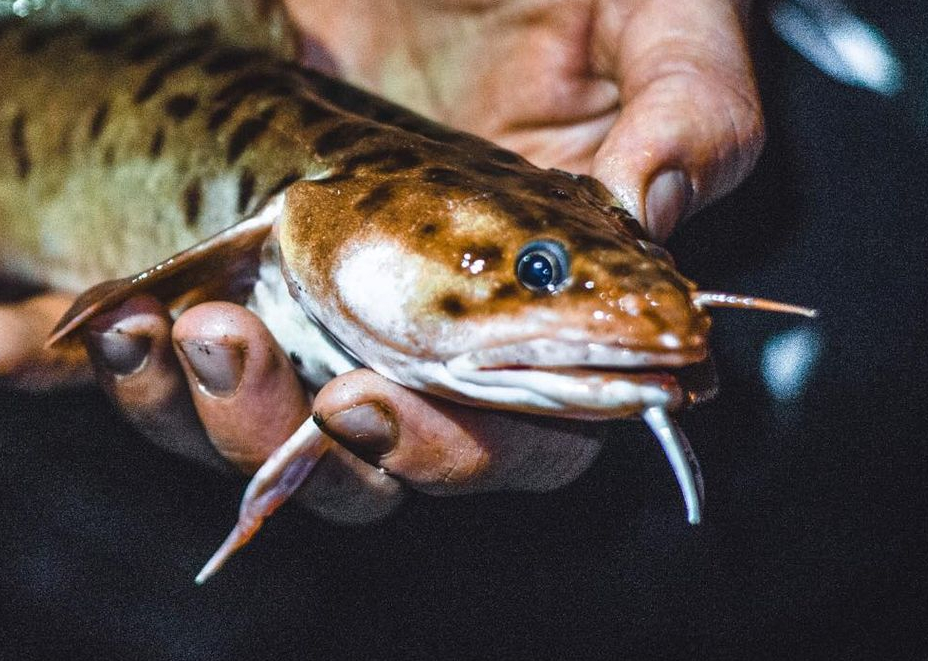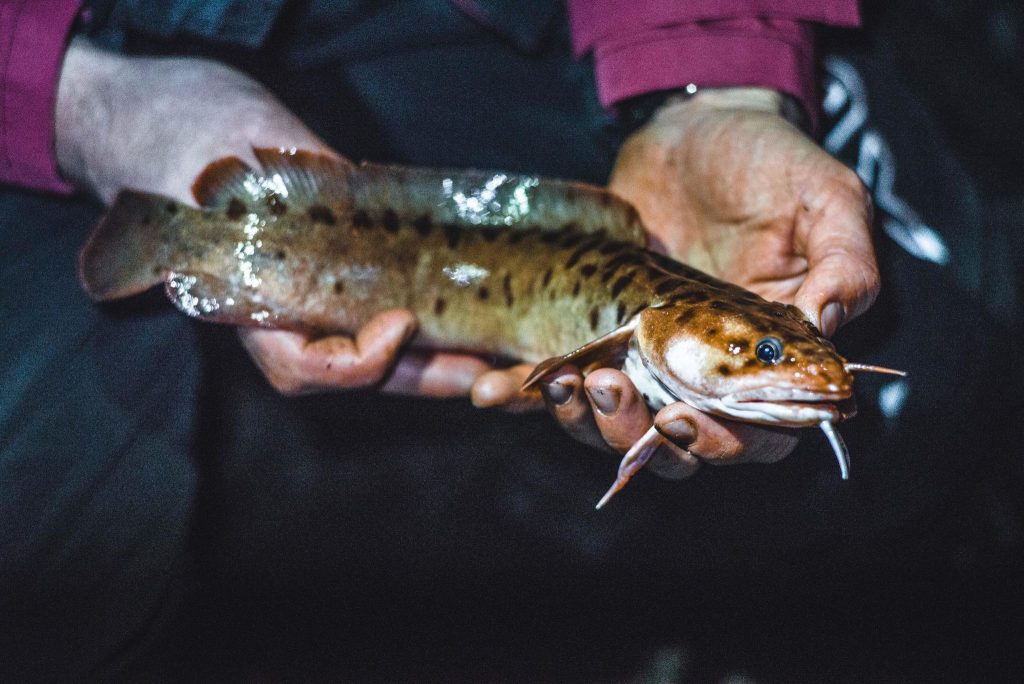Rockling Species ID: Fisherman’s Guide
There are four species of rockling in the UK that look pretty similar, but this article will explain how to easily tell the difference. Please consider sharing this with your friends or angling club.

Photo Credit to Matilda Björklund
Three-Bearded Rockling VS Shore Rockling
The most likely confusion is between the shore rockling and the three bearded rockling, because they both have three barbules. The difference between the shore and three bearded rockling is that the three bearded is lighter in colour, with orangey-red tones and a mottled appearance. The shore rockling has a uniform brown colouration with only a few small spots on showing on the occasional fish.
The four-bearded rockling
The four-bearded rockling is a less common catch because it doesn’t grow nearly as large as the shore rockling, and is found in deeper waters beyond 50m. It’s easy to identify because you simple need to count to four barbules and make sure you don’t miss any.
The five-bearded rockling
The five-bearded rockling is common inshore, so is a far more likely catch than the four-bearded. Again, it’s just a case of counting the number of barbules on the face to see if there are three, four or five! These rockling often show up in the buckets of rock poolers in the summertime.
The northern rockling
The northern rockling could easily be mistaken for the five-bearded if it wasn’t for its impressive moustache. While the five-bearded rockling has two barbules above the lip and two by the nostrils, the northern rockling has many barbules above the lip to form a kind of moustache. If you see a tash, it’s northern.

Three Bearded Rockling: Photo Credit to Matilda Björklund
If you ever catch a fish that looks like it doesn’t know if it’s a cod or a rockling, you may have caught the Torsk. These fish grow far larger than rockling, and are easily distinguishable because they only have one barbule on their chin, but a longish body which is between a cod and a rockling in shape.
Despite being eccentric looking fish, rockling are actually in the most mainstream fish family of all – Gadidae – to which the cod and pollack are also members. They are the rogue younger brother of the cod that gave up their career, grew out a beard, and resigned to a life of loitering over rough ground. They are incredibly slimy and slippery to touch. Rockling have a dorsal fin which is capable of taste, so that as they move through the water they can taste what is coming up ahead.
The rays within these fins are constantly vibrating, which moves water over the sensory organ allowing them to detect food or perhaps potential threats well before reaching them. This makes them effective scavengers on the seabed at night time, which is when they are often caught by anglers.
All the rockling are more common over relatively deep water, so rock marks with very deep drop offs onto the roughest ground is where you’re most likely to catch them. They’re typically caught as bycatch while targeting other species, like huss.
How to Catch Rockling
The best way to catch rocking is to use a stinky bait like squid or ragworm, over rough ground in deep water at night. The more dangerous the spot is the more likely it is to hold rockling, essentially.
Shore rockling are the most likely to be caught with conventional beach casters and bait fishing rigs because they grow large enough to easily take baits intended for target species.
You can catch the smaller species of rockling with light rock fishing tactics, Marukyu Isome or Gulp. The key really is to be fishing after dark or in murky water – these fish are like vampires and do not respond well to light!
You may enjoy some of our sea fish species guides next.
